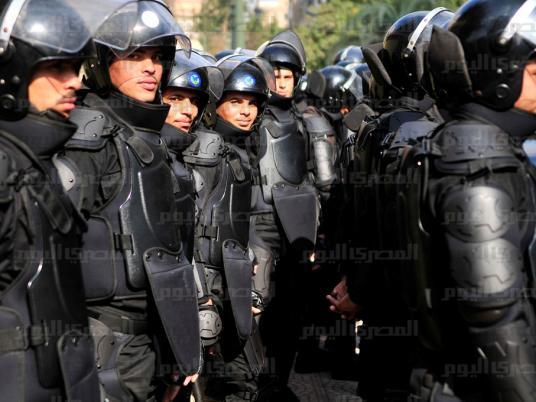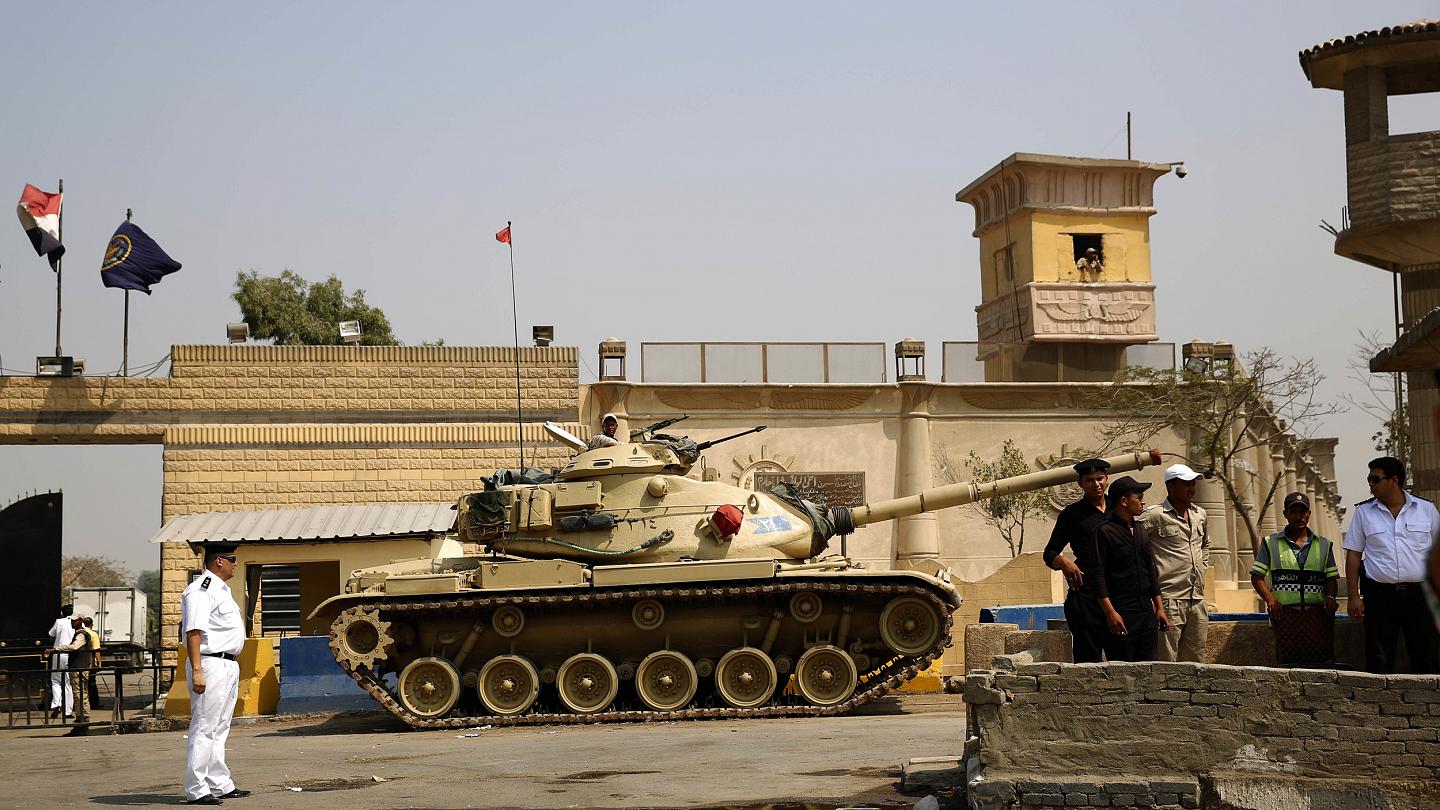
The Egyptian Initiative for Personal Rights (EIPR) on Tuesday accused Egyptian security forces of deliberately causing serious injuries among demonstrators during the clashes that took place on Mohamed Mahmoud Street in Cairo last November.
Police forces attempted to forcibly disperse a protest, located near Tahrir Square, using live ammunition and tear gas, which led in the death of 45 protesters and the injury of hundreds.
Clashes broke out on Mohamed Mahmoud and other streets leading to the Interior Ministry on 19 November and lasted for about a week, after security forces violently dispersed a protest in Tahrir by families of revolutionary martyrs.
The report, which EIPR said was supervised by legal researchers and experts, said that security forces used excessive quantities and different types of tear gas, some of which are prohibited internationally, in order to inflict serious injuries on protesters. Moreover, it said the quantities used were not commensurate with the size of the street or the number of demonstrators present.
According to the report, three people died as a result of tear gas. Security forces shot live, rubber bullets, and bird shot, aiming at the eyes of the demonstrators and patients lying in the field hospitals. The report also noted that security forces arrested demonstrators indiscriminately.
The report was based on testimonies of doctors, patients and eyewitnesses, as well as images and video clips, medical reports issued on the dead and the injured, scientific research about the effect and toxicity of different types of crowd-control gases, and accounts of EIPR researchers who present at the scene.
The report confirmed that security forces deliberately used a highly toxic and concentrated CS gas-intensive material. Exposure to minor amounts can cause gasping and high blood pressure while exposure to excessive amounts can cause second degree burns and death.
Translated from Al-Masry Al-Youm




